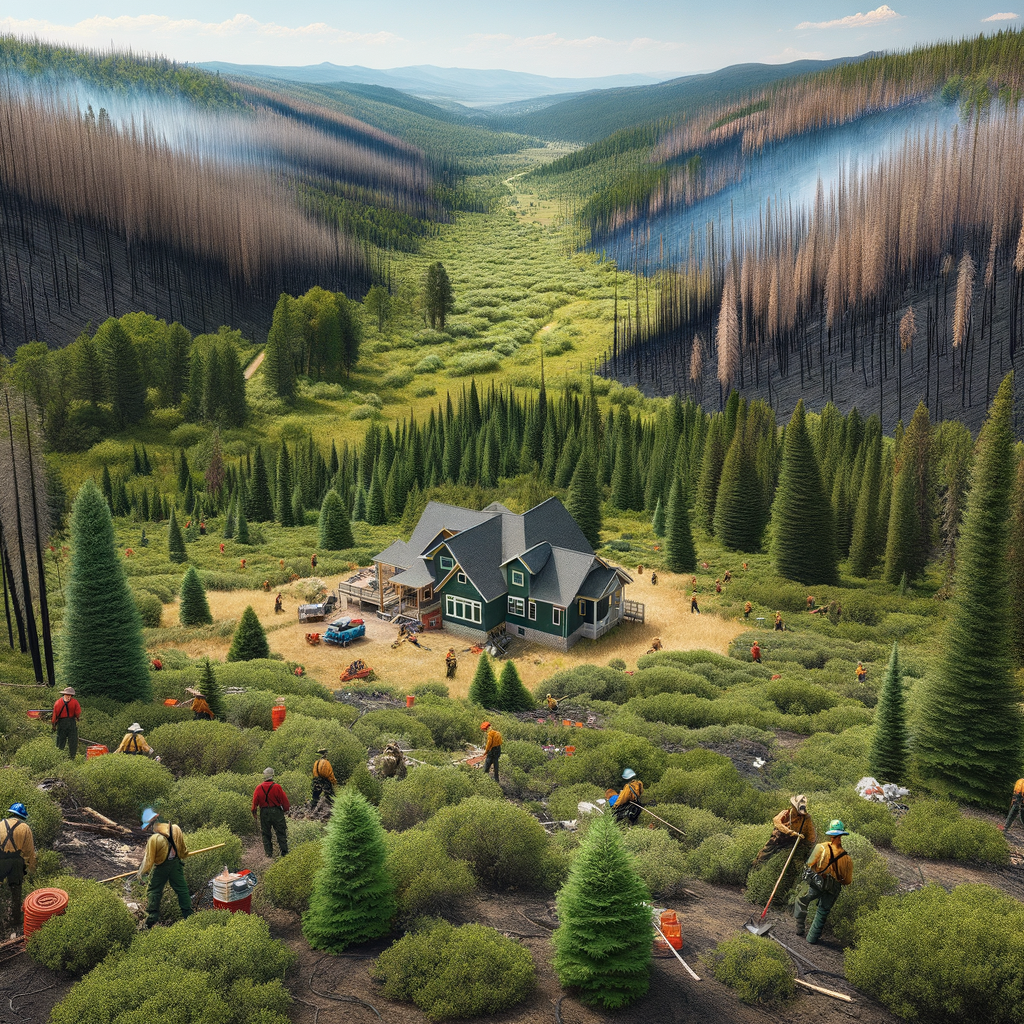Rapid-Growth Tree Species Overview Insights for October
When it comes to reforestation, not all trees grow the same. Some take years or even decades to reach maturity, while others shoot up quickly, providing essential benefits in a much shorter time frame. Rapid-growth tree species are game-changers in restoring landscapes faster, capturing carbon swiftly, and supporting ecosystems more effectively. Let me share what I’ve learned about these incredible tree species and why they deserve a spot in your reforestation toolkit.
Why Focus on Rapid-Growth Trees?
Reforestation is a race against time. Climate change, deforestation, and soil degradation are happening fast. To match that pace, we need trees that can grow quickly, create shade, stabilize soil, and support wildlife in just a few years. Rapid-growth trees do all of this. They also produce biomass swiftly, which farmers and communities can use for timber, fuel, or fodder sooner than slower-growing trees.
Yet, speed is not everything. Choosing the right species means balancing quick growth with ecological compatibility. Fast-growing exotic trees might outcompete native plants or disrupt local biodiversity. That’s why understanding species characteristics and local environments is critical.
Top Rapid-Growth Tree Species to Know
Here are some of the most popular and effective rapid-growth tree species you might consider for your project:
-
Hybrid Poplar
Famous for its lightning-fast growth, the hybrid poplar can grow up to 3 meters a year under the right conditions. It thrives in temperate zones with good soil and adequate water. -
Leucaena (Leucaena leucocephala)
A leguminous tree, it grows quickly and improves soil by fixing nitrogen. Its leaves serve as excellent fodder, making it valuable in agroforestry systems. -
Eucalyptus
Often used in tropical and subtropical regions, eucalyptus grows rapidly and can reach maturity in about 10 years. It’s widely planted for timber, pulpwood, and essential oils. -
Paulownia
Known as the miracle tree, Paulownia grows extremely fast and regenerates quickly after harvesting. It’s lightweight wood is prized for furniture and crafts. -
Acacia
Many Acacia species grow quickly and fix nitrogen, improving soil fertility while offering wood and fodder.
Matching Species with Environment
Every species has a preferred habitat. For example, eucalyptus prefers well-drained soils and warm climates but can suffer in poor or waterlogged soils. Leucaena tolerates poorer soils and drought conditions better than many trees. Paulownia thrives in temperate to subtropical climates but needs rich soils to reach full growth potential.
Picking the right species involves considering soil type, rainfall, temperature, and the goals of your reforestation project. Are you aiming for rapid carbon capture? Soil improvement? Timber production? Or wildlife habitat restoration? Answering these questions guides your choice.
Managing Rapid-Growth Trees for Success
Fast growth doesn’t guarantee survival without care. These species often need:
- Initial watering during dry spells
- Protection from grazing animals
- Monitoring for pests and diseases
- Proper spacing to prevent competition
Planting density matters too. Too crowded, and they compete for light and nutrients; too sparse, and the benefits of canopy cover and soil protection are lost.
Balancing Speed with Sustainability
Some worry rapid-growth trees may compromise long-term forest health. That’s a valid point. Planting monocultures of fast trees might reduce biodiversity and increase vulnerability to pests or diseases. The best approach often combines rapid-growth species with slower-growing natives. This strategy offers quick canopy cover and biomass, while slower species build forest complexity over time.
Closing Thoughts on Rapid-Growth Species
Rapid-growth tree species can be powerful allies in reforestation efforts. They accelerate forest recovery, improve soil, and provide early returns for people and wildlife alike. Still, success depends on wise species selection, thoughtful management, and a clear vision.
If you care about restoring green spaces quickly and effectively, I encourage you to explore these species further. Study local conditions, consult with forestry experts, and consider how fast-growing trees fit into your bigger environmental goals. Because combining speed with sustainability is the key to breathing life back into our planet.
Ready to boost your reforestation projects? Start by selecting the right rapid-growth trees for your landscape and watch how they transform your environment sooner than you might expect.



